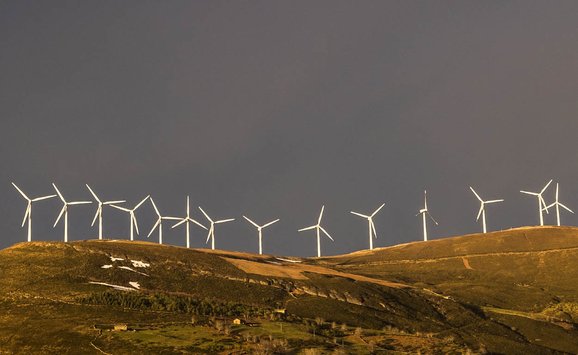Since the world has had little experience with management of carbon emissions, it is altogether unclear how costly and disruptive the Kyoto limitations might be.

When the Kyoto Protocol went into force in February 2005, it became a symbol of international cooperation to protect the climate. By imposing mandatory limits on the amounts of greenhouse gases emitted by 36 industrialized countries, it was the first serious effort to slow global warming.
But Kyoto is only a partial success. It does not include the world's biggest source of greenhouses gases—the United States—or any of the developing countries where emissions are rising rapidly.
The Kyoto commitments run only from 2008 through 2012. The treaty's authors assumed that by now negotiations would be under way to set subsequent, and presumably tighter, limits. Instead, the increasingly apparent shortcoming of the Kyoto system have started a much broader debate about the future of the treaty and climate policy. Of all the greenhouse gases generated by human activity, by far the most significant is carbon dioxide (CO2). It is generated whenever fossil fuels—coal, oil, or natural gas—are burned, and those fuels provide more than 80 percent of the world's energy. The challenge is to cut emissions without slowing economic growth and reducing standards of living.
One basic choice is whether to rely on quantitative restrictions on emissions, as the Kyoto treaty does, or instead to look, as the Bush administration does, to rapid development and deployment of new technologies.
Since the world has had little experience with management of carbon emissions, it is altogether unclear how costly and disruptive the Kyoto limitations might be. It was because of these concerns that President Bush pulled the United States out of the treaty. If its limits prove unexpectedly difficult, some governments may choose simply to let them go unmet. The Kyoto treaty has no enforcement mechanism.
The Bush administration alternative, reliance on new technology, is under something of a cloud in the current debate because many other countries view it simply as a dodge by the United States to avoid taking any serious political action against a danger that others see as urgent. The administration has thus far refused to apply any mandatory standards and has set very loose national goals that are hardly different from the progress that business as usual would produce.
But the administration has introduced a concept, carbon intensity, that could be extremely useful if applied more vigorously. Carbon intensity is the relationship between an economy's total output, measured as its gross domestic product (GDP) and the amount of carbon dioxide generated to produce it. A fall in carbon intensity means a rise in energy efficiency—and raising efficiency is a much more appealing goal than cutting fuel use at any cost. While the large, fast-growing developing countries, led by China and India, are deeply suspicious of emissions limits as a threat to their expansion, the promise of higher efficiency is much more likely to draw them into a climate regime. And a climate regime that does not include those countries is hardly worth having.
The enormous variations in carbon intensity, from one country to another, suggest the magnitude of the potential reductions in emissions from the present trajectories (see opposite). The U.S. Energy Information Administration reports that, in 2001, the United States emitted 606 metric tons of CO2 to produce each million dollars' worth of GDP. Germany emitted 358 tons of CO2 to produce the same amount of GDP, and Japan emitted only 263 tons. At the other end of the scale, China emitted 2,538 tons per million dollars of GDP, and Russia emitted 3,425 tons.

While the worldwide debate over climate policy continues, warnings from scientists about global warming and the resulting risks are growing stronger. In November 2004, the Arctic Council—an intergovernmental research agency supported by eight countries including the United States—reported that the Arctic climate is now warming rapidly and larger changes are projected.
In February 2005, British Prime Minister Tony Blair convened a symposium at his government's meteorological center to tell him at what point the rise in CO2 concentrations in the atmosphere will become dangerous.
The scientists replied that the danger point is a political judgment. But some said that even an increase of 2 degrees Celsius (nearly 36 degrees Fahrenheit) could result in large ecological changes. To limit the increase in temperature to no more than 2 degrees Celsius with high certainty would require keeping the concentrations of CO2 in the atmosphere below 400 parts per million (ppm), the symposium concluded. Before the industrial revolution began around 1750, the concentration had been around 280 ppm for centuries. Currently it is slightly above 375 ppm, and the rise seems to be accelerating. That rise is produced by the basic structure of the world's expanding economy, and most analysts believe that holding the concentration of CO2 below 400 ppm will prove almost impossible.






